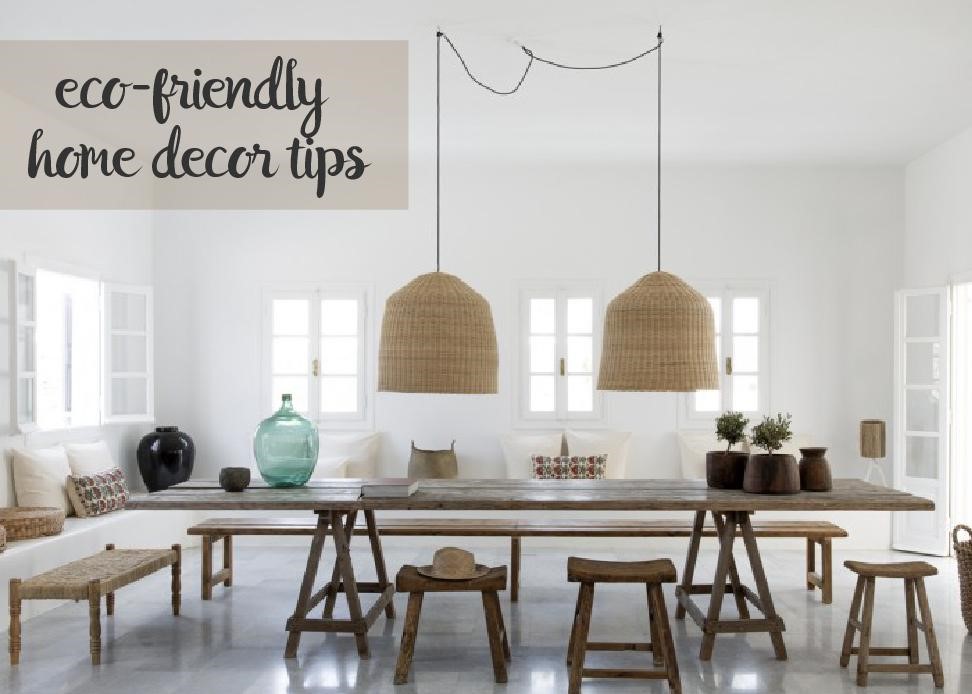It was in October 2015 when India pledged to reduce carbon emission by 33 to 35 percent by the year 2030. With the country setting specific targets, it becomes the sheer responsibility of each working sector to contribute its bit. Seeing its work nature support is even mandatory from the real estate sector , to achieve this targets. Indian Green Building Council, popularly known as IGBC plays an important role is assuring that India soon becomes one of the global leaders in the sustainable built environment.
Trimurty Builders have always given importance to the natural and environmentally stable element of a building. The company’s dedication is proved by its project like Trimurty Aurum – the Gold Rated Green Home by IGBC and Trimurty Ariana – first pre-certified Platinum Rated Green Home by IGBC. As builders, they understand their duty and responsibilities towards nature and its much-needed protection.
But how the construction of green buildings contributes towards reducing carbon emission is a question that many may ask. The process of building a green building takes into account even the minutest of factor that can harm or disturb the ecosystem. If compared to a conventional building, a sustainable structure uses less water; energy is efficiently used, and it saves natural resources.
Here are some tangible and intangible benefits of green buildings –
1. Enhanced Air Quality
2. 15 to 30% energy saving
3. 15 to 50% water saving
4. Better health of occupants
Measures adopted to reduce carbon footprint at construction sites –
1. We use of low Volatile Organic Compounds (low-VOC) paint which is healthier option and reduces long term maintenance
2. To reduce heat transmission cavity walls and insulation is used.
3. SRI tiles to reduce roof heat transmission
4. Use of light colour for walls, floors and ceiling
5. High-performance plumbing fixtures
6. Proper drainage of water





